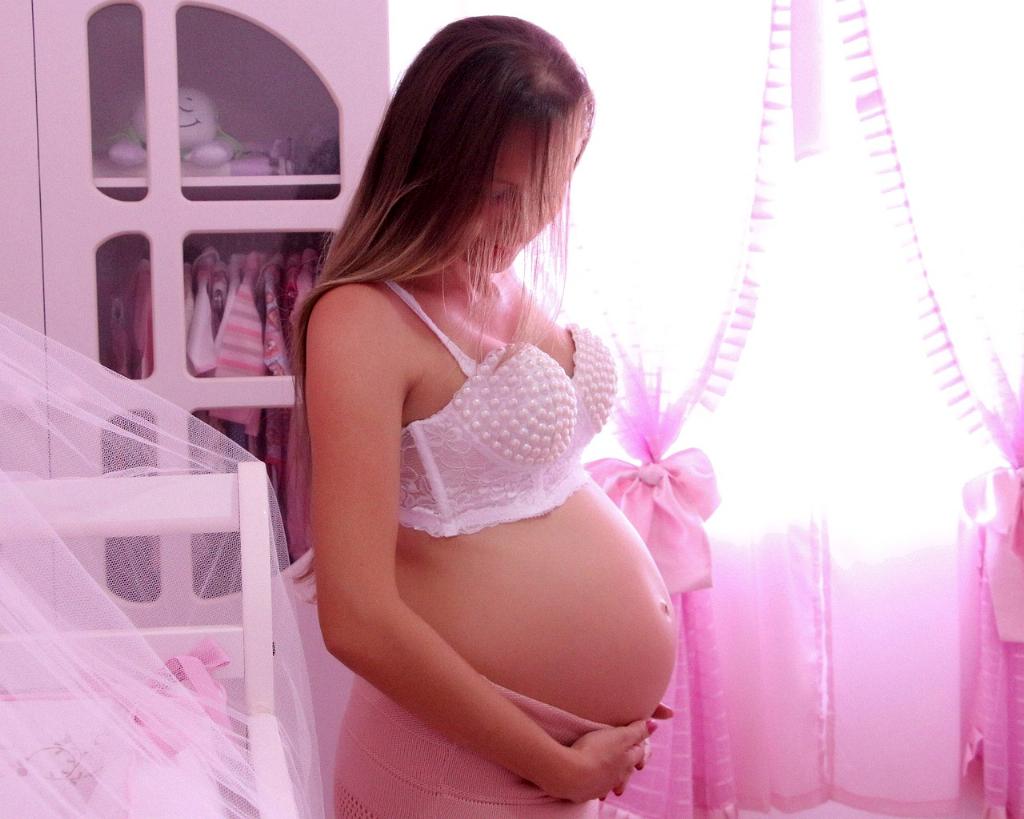Understanding the connection between basal body temperature (BBT) charting and pregnancy can be quite intriguing. BBT charting involves tracking your body temperature to monitor ovulation patterns. But did you know that this method can also offer insights into potential pregnancy?
Exploring the Link Between BBT Charting and Pregnancy
After ovulation, a woman’s BBT typically rises due to hormonal changes. If this elevated temperature persists for 18 days or more, it could be an early sign of pregnancy. The sustained increase in BBT may indicate the presence of pregnancy hormones, such as human chorionic gonadotropin (hCG).
Benefits of BBT Charting for Pregnancy Detection
Using BBT charting as a pregnancy detection method offers several advantages. It provides a non-invasive approach that can be easily integrated into your daily routine. By observing and recording your BBT consistently, you may identify subtle changes that signal a potential pregnancy.
Understanding the Limitations of BBT Charting
While BBT charting can be a useful tool for tracking ovulation and detecting pregnancy, it is not foolproof. Factors such as illness, disrupted sleep patterns, or stress can impact your basal body temperature readings, potentially leading to inaccuracies in your interpretation.
Interpreting BBT Patterns and Pregnancy
When analyzing your BBT chart for signs of pregnancy, it’s essential to look for sustained high temperatures beyond your typical post-ovulation range. A consistent elevation in BBT, known as a triphasic pattern, could indicate a potential pregnancy.
Seeking Confirmation Through Pregnancy Testing
While BBT charting can offer valuable insights, confirming pregnancy through a medical test is crucial. A home pregnancy test or a blood test conducted by a healthcare provider can provide definitive results and confirm the presence of pregnancy hormones.
The Importance of Patience and Consistency
Patience is key when using BBT charting as a pregnancy detection method. It’s essential to track your basal body temperature diligently and consistently over time to observe any significant changes that may indicate pregnancy.
Consulting with Healthcare Professionals
If you suspect that your BBT chart suggests a potential pregnancy, consulting with a healthcare professional is advisable. They can provide guidance, interpret your BBT data in the context of your overall health, and recommend appropriate prenatal care.
Considering Alternative Pregnancy Detection Methods
While BBT charting can offer valuable clues about pregnancy, it’s essential to consider other reliable methods for confirming pregnancy. In addition to BBT charting, pregnancy tests, ultrasound scans, and clinical assessments play crucial roles in confirming pregnancy.
Monitoring Other Early Signs of Pregnancy
Alongside BBT charting, paying attention to other potential signs of pregnancy is important. Symptoms such as missed periods, breast tenderness, nausea, and fatigue can also indicate pregnancy and may complement your BBT observations.
Conclusion: The Intriguing Connection Between BBT Charting and Pregnancy
Can you tell pregnancy from a BBT chart? While BBT charting can provide valuable clues about potential pregnancy, it is not a definitive method for confirming pregnancy. By combining BBT charting with other pregnancy detection techniques and consulting with healthcare professionals, you can navigate this exciting journey with confidence and care.

